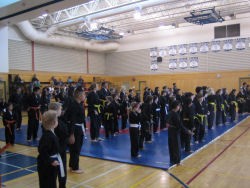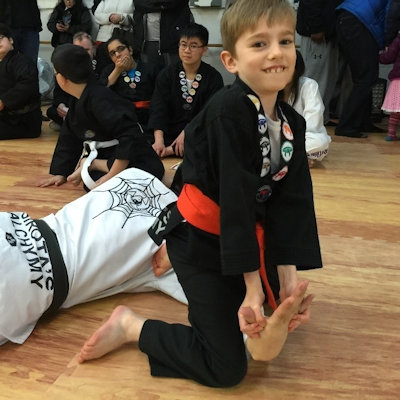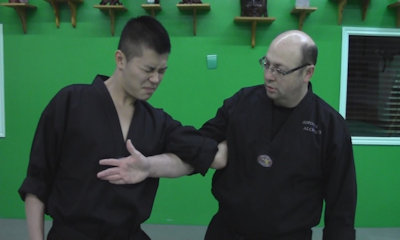MARTIAL ARTS STYLES AT SIROTA’S ALCHYMY
Martial Arts Styles that we offer.
What is Alchymy (alchemy)… Alchymy is the Art of Transformation. Sirota’s Alchymy promotes personal alchymy in our students and our society. Our Goal is to assist all members of our community to live with more Self-Esteem, Self-Confidence, Inner Drive and Personal Pride while developing an overall emotional, mental and physical state of Personal Empowerment.
We are Members in Good Standing with International Governing Bodies of the Martial Arts Styles we proudly teach.

TAEKWONDO – OLYMPIC SPORT
Our Students & Instructors receive international certification from the World Taekwondo Headquarters – Kukkiwon (World Taekwondo Federation) in Seoul, South Korea. This is the only Taekwondo organization that is a member of the International Olympic Committee (IOC) and the World Taekwondo Federation. Only Kukkiwon Certified practitioners may compete in competitions including the Olympic Games. In addition, Sirota’s Alchymy is a member in good standing with Taekwondo BC and Taekwondo Canada. Taekwondo is one of the martial arts styles we promote.
Taekwondo is predominately a striking art focusing on both the upper and lower body development. Our curriculum entails innovative and thorough training with emphasis on personal development through integrated teachings.
On a tangible level, Taekwondo develops coordination, motor skills, agility, flexibility, balance, strength, aerobic fitness, anaerobic fitness, relaxation and weight management.
On an intangible level, Taekwondo’s Tenets of Integrity, Perseverance, Respect, Courtesy, Loyalty, Modesty and Indomitable Spirit are instilled in the teachings that will promote good character and a non-violent attitude resulting in a respectful, confident, disciplined and self-assured individual.

Training Encompasses:
Kicking Techniques
Taekwondo is known for its arsenal of kicking techniques. Students are first introduced to basic kicks to develop balance, coordination and flexibility; while at the same time developing these kicks for self-defense purposes. As the student progresses, advanced kicking techniques; including jumping, spinning and flying kicks are introduced. Taekwondo’s kicks are an excellent source for defense since it is safer to deal with an adversary at a long-range.
Striking & Blocking Techniques
Students acquire both offensive and defensive skills using their hands and arms. Solo, partner and equipment training are also introduced during this training.
Self-Defense
Self-Defense is an integral part of our curriculum. Students acquire skills to deal with various situations. Training includes partner training, as well as realistic and random attacks, multiple attackers and scenario training.
Apparatus Training
Students frequently practice with training equipment to enhance their skills. Partner training with kicking targets, punching mitts and kicking shields is incorporated. Classes are also conducted in our unique martial arts circuit room and our heavy bag room; where punching bags and various other training devices are designed for enhancing Taekwondo skills.
Patterns
A set of pre-arranged movements are taught in the Taekwondo curriculum. As the student progresses in rank more complex patterns are mastered. These sets include hand techniques, kicking techniques, stances and footwork. Patterns develop and further enhance proper technique, focus, concentration, balance and patience.
Sparring
This training allows students to practice their learned skills in a ‘free’ environment. Aside from the physical attributes gained such as timing, distancing, control and strategy; the student will acquire confidence, courage and self-reliance. Students who would like to excel in sparring, may be eligible to enter the High Performance Training Program.
Board Breaking
Board Breaking is incorporated in the training curriculum for intermediate and advanced students. Training will cover the preparation as well as the application of board breaking. Board Breaking develops great confidence and self-pride in the student.

Demonstration
Taekwondo demonstration skills are practiced during intermediate and advanced training sessions. The focus is placed on aerial and acrobatic kicking techniques; including jumping, flying and multiple techniques.
HAPKIDO – ART OF SELF-DEFENSE
Hapkido is the Art of Coordinated Energy. It is a Way of blending harmoniously with both external and internal energy. Hapkido is primarily a defensive style, making it an extremely realistic and versatile form of self-protection. Hapkido focuses on circular movement, flow and non-resistance; strength and power are not the key ingredients in effective self-defense. Because of this, all body types can become proficient.
Hapkido is considered a scientific martial art, focusing on using the least amount of force to efficiently and effectively incapacitate the opponent. Body mechanics, leverage and footwork are the key ingredients. The three theories in Hapkido that are required for proficiency are:
The Theory of Circular Motion
The Hapkido student will off-centre the opponent by using circular movement, while at the same time maintaining a solid base. In Hapkido training, all techniques require some form of circular movement; may it be joint locks, sweeps, takedowns or throws.
The Theory of Water
Water is adaptable; it can penetrate rock or can yield to opposing force. Water can be very nurturing, providing life; or if it chooses, can destroy any form of life. This theory is applied both on a physical form, as well as on the emotional level of development. At a physical level, the student acquires the skills to yield to opposing forces as well as to blend with the energy of the partner. On the emotional level, students realize the importance of yielding to the forces of negativity; resulting in a peaceful way of life.

The Theory of Non-Resistance
This theory is the sum of the previous two. Continuous and fluid motion can manifest the highest level of destruction or can nurture abundance of life. At the emotional and physical level, the theory of non-resistance allows the Hapkido practitioner a different approach of dealing with obstacles: to yield, blend, re-direct and transform.
Hapkido Training Incorporates:
- Striking and Kicking Techniques
- Joint Locking and Joint Manipulation Techniques
- Pressure Point Techniques
- Throwing and Sweeping Techniques
- Breakfalls and Rolling Techniques
- Self-Defense against various attacks and grabs
- Defense against single and multiple attackers
- Weaponry – Including Staff, Sword, Cane, Knife, stick
- Breathing Exercises

Sirota’s Alchymy is a Certified Member of the World Hapkido Federation. Our Instructors and Black Belts are internationally certified by the World Hapkido Federation. Contact us today!
